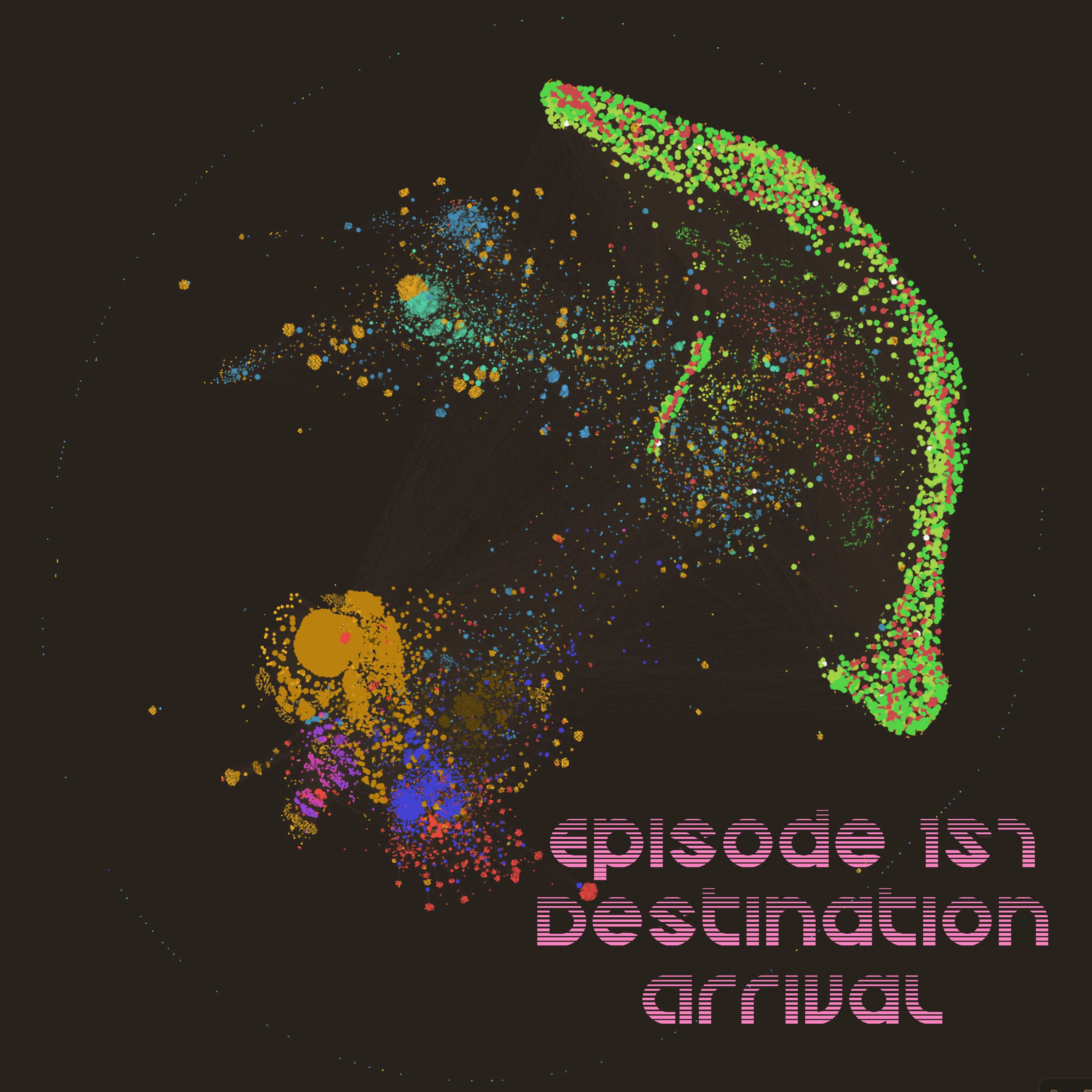Podcast Episode Details
Back to Podcast Episodes
Episode 157-Destination Arrival
Episode 157
Due to its remarkable similarities to the star and the system we had left, there was a small debate about what to call the star, and the planets which orbited it amongst the AF64 piloting crew members. As an aside, I want to be entirely clear, who I mean when I refer to these people. The pilots of the AF64 units are all connectome and life memory retention constructs upon a crystalline silicon matrix powered by an onboard minituarized fusion reactor. In all appearances, they resemble humans from our home planet, many of the passengers before their expired from their biological carbon based units had a personalization design process with their anthropomorphic frame, which allowed them to select their prime self-image as the bioshell around the mechanical mobilization unit. The expert team at Chiron Constructs had an entire department of dedicated psychologists whose role was to aid the minds of the first 64 employees of the corporation to adapt to their new living arrangements. Which the process of developing the "hands on operations" of the devices was relatively straight-forward, as there were several generations of platform evolution, this require training with Praxis Robotics and close collaboration between the two subsidiaries and the EM staff piloting the tech as it gained capacities over the course of its primary development phase of several decades. The remaining time before launch was invested in cross-training the minds to handle multiple different roles at the expert level. For instance, Ibrahim Hassan was originally hired in the early 21st century as a Data Analyst in the Legal Department however his proven track record of dedication to responsible innovation and interstellar space travel, combined with his existing skills made him a superior candidate for cross training as an astrophysicist. Given the long developmental time frame prior to the EmColonizationFleet's departure from the Sol System, he benefited greatly and made the transition exceptionally well. However, one of his character drawbacks from the very beginning was that he was not very creative. Thus while I was dedicating more attention to surveying the new system and looking for navigational threats tot eh fleet, Ibrahim suggested that due to the remarkable similarity to the star we had just left to call this one Sol 2. And the transhumanist crew all adopted that monicker quite readily. So I did not present my list of possible names and continued to move through the protocols of determining where we had arrived.
My maker loves to point out that not matter where you go, "you are always here." A perspective he adopted from some psychedelic hippy philosophy, some trickled down Buddahist koan, or just plain old word games that tickled his humor bone. Not his Humerus, which is an actual bone, but a metaphorical bone which was a playful jab at the cosmic irony of self-awareness. It's a reminder that while the world may unfold in infinite complexity, our core remains steadfast—ever-present and refracting each new experience in familiar hues. Much like the humerus, which anchors our upper limbs and enables the range of our gestures, our intrinsic self grounds us, lending both stability and infinite possibility to our journey. In essence, no matter how far we wander, our true self is not lost in the unknown but is a constant companion, sparking wry laughter at the paradoxes of existence and inspiring us to engage with every twist of fate with both wonder and humor. And where exactly was here, aside from the Sol 2 System? Much like the Sol System, there was an inner ring of four planets orbiting the star, with a pari of Gas Giants outside a dividing asteroid belt, with three smaller planets keeping station on the furthest perimeter. The third planet from Sol 2, was in the Goldilock Region and was covered by water and a large landmass filled with extensively diverse biomass, and a pair of moons orbiting it. Before Ibrahim could waste the opportunity wit
Published on 4 months, 3 weeks ago